What is an NFT? What are the applications of NFTs?
Lately, NFTs have been mentioned everywhere in the news, with real assets being sold as NFTs like Beeple's painting "Everydays: the First 5000 Days" sold for nearly $70 million, or Twitter CEO's first tweet sold for nearly $3 million. So, what are NFTs, and why are they valued so highly? Let's dive in!
I. What is an NFT?
NFT stands for Non-fungible Token. Breaking it down, "Non-fungible" means that these tokens are unique and cannot be replaced with something else. While a dollar can be exchanged for another dollar, one NFT cannot be exchanged directly for another NFT. A token is a digital code, developed on an existing blockchain platform.
NFTs can represent any asset such as a piece of digital art, music, digital paintings, domain names, or even real assets that are tokenized on the blockchain.
II. Characteristics of NFTs
NFTs have the following special characteristics:
- Uniqueness: Each NFT has its own unique properties and value, so two NFTs cannot be exchanged equivalently.
- Scarcity: Each NFT is unique and varies in value, the more valuable an NFT is, the rarer it becomes.
- Indivisibility: A distinct characteristic of NFTs is that they cannot be divided into smaller parts. For example, while you can divide 1 Bitcoin into 10 parts, you can't do the same with an NFT.
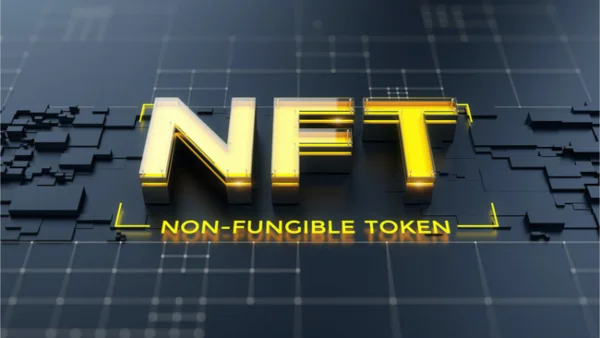
Moreover, since NFTs are developed on blockchain platforms, they also inherit features of the blockchain like ensuring asset ownership, transparency allowing for the verification of origins to ensure that they cannot be falsified, easy transactions, and quick transaction times.
III. Applications of NFTs
Due to their unique attributes, NFTs are applied in various fields, especially notable in digital assets, collectibles, in-game items, and sports NFTs.
1. Art Field
Artists often face copyright issues; their artwork, whether paintings, music, or films, can easily be copied. To secure their work, artists can convert their creations into digital files and attach them with a token code on blockchain technology to prove ownership.
Example: The NFT artwork “Everyday: The First 5000 Days” by artist Beeple sold for $69.3 million (nearly 1600 billion VND).

2. Gaming Field
In traditional games, in-game items and characters are owned by the service provider, and players must pay to acquire items for their characters. Critically, players’ ownership of in-game items is illusory; items can disappear if the publisher's server errors or the player's account is hacked.
Contrastingly, in NFT-based games, in-game items are tied to a token, and players truly own those items. The quantity of items is also limited, preventing inflation like in traditional games, subsequently increasing the items' value. All item transactions are recorded on blockchain, making it impossible for anyone to modify or affect your items.
Example: According to Coindesk, a gamer recently sold a plot of land in Decentraland (a virtual reality platform supported by Ethereum) for $80,000.
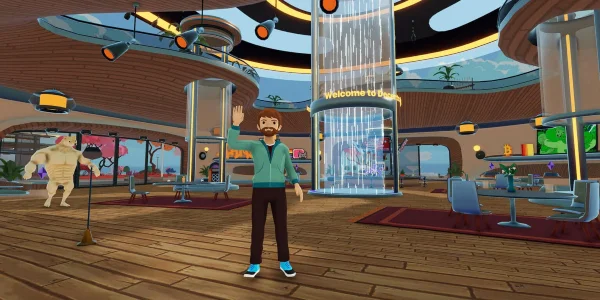
In summary, NFT application in gaming allows players to truly own in-game items and characters, enabling safer trading exchanges.
3. Real Asset Digitalization
With NFT characteristics, it is possible to apply NFTs widely in many life aspects in the future, encode all real assets, and digitize all intellectual property rights. We could digitize land ownership as NFTs on blockchain to address fake real estate certificates or apply NFTs for identity cards, diplomas, driver licenses ensuring documents cannot be forged, reducing the current fake document issues.
Moreover, NFT tokens can be attached to domain names, sports tickets, etc., to facilitate faster trading.
IV. Popular Potential NFT Tokens Currently
With the strong growth of the crypto market recently, NFT tokens are also expected to rise sharply in the near future. There are three types of NFTs currently popular in the market:
- NFT Infrastructure: Theta Network, Enjin Coin, Flow, WAX.
- NFT Issue & Marketplace: Chiliz, Decentraland, ECOMI.
- NFT Game: Axie Infinity, Alien Worlds, Sandbox.

However, the crypto investment channel is still risky, so you should only invest 15% of your capital. If you don't know how to buy NFT tokens yet, refer to my article: "Trading Guide on Binance".
Thus, I've shared with you about what NFTs are as well as the applications of NFTs in the future, hoping this article will be helpful to you.
Submit feedback
Your email address will not be made public. Fields marked are required *
Search
Trend
-
What is Black Myth: Wukong? Detailed Guide on System Requirements and Gameplay
08-21-2024 . 1k view
-
The simplest and fastest way to log into the Chinese TikTok, Douyin.
01-10-2022 . 1k view
-
Blog sites that will accept AI generated content
07-26-2024 . 1k view
-
Call of Duty: Black Ops 6 - Intense, Mysterious, and Surprising Warfare
09-02-2024 . 1k view
-
The "End of Life" for Windows 10: A Massive E-Waste Threat and Sustainable Solutions
08-18-2024 . 954 view





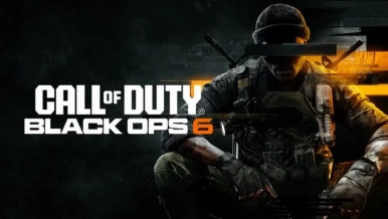
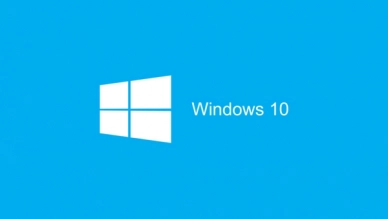
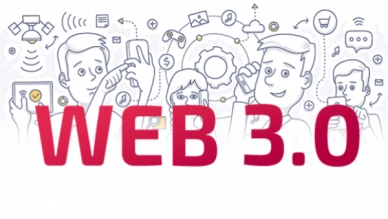
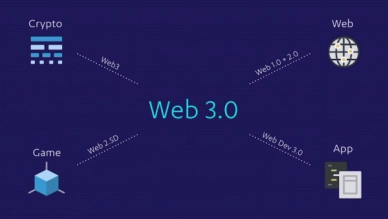
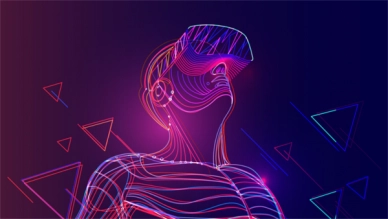
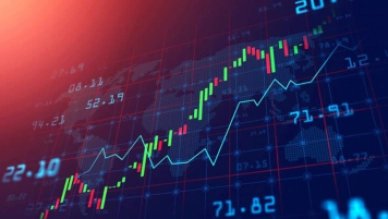

0 feedback